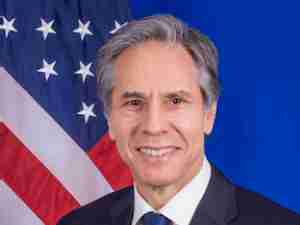QuickTake Q&A: How China’s New Silk Road Leads Back to Beijing
By: David Tweed and Laurence Arnold | Aug 01 2016 at 06:00 PM | International Trade
The name Silk Road conjures images of caravans and desert steppes. Marco Polo was among the adventurers who navigated the ancient trading route connecting China with Central Asia, the Middle East and Europe, spreading ideas along with exotic goods like silk, porcelain, horses and gold.
China’s modern-day adaptation of the Silk Road—an initiative it calls “One Belt, One Road”—aims to revive trade across Central Asia and into Europe via a network of railways, ports and highways. It’s being described as the biggest geopolitical play since the U.S. rebuilt Europe following World War II. China bristles at the comparison, and the implication it’s seeking to spread its political influence.
1. What is the new Silk Road?
President Xi Jinping outlined his vision for a Silk Road Economic Belt in a low-key speech in Kazakhstan in 2013. The idea was for China to help finance transport infrastructure in Central Asia. Within months, China added a port-focused element, which it called the 21st Century Maritime Silk Road. Together, they’re known as One Belt, One Road, or OBOR.
2. What is China’s goal?
Officially the initiative is hailed as a public service provided by China to Asia, the Middle East and Europe. There’s talk of film festivals and book fairs, scholarships, jointly run schools and regional vacation cruises made possible by eased visa restrictions. China could benefit by finding new customers for its steel and other building materials. The initiative could also aid its goal of becoming a bigger strategic power in Asia—militarily and economically—as it pushes back against decades of U.S. dominance. Developing Central Asia may reduce the risk of extremism spawning unrest among more than 10 million Uighur Muslims living in China’s western region of Xinjiang.
3. What are the risks?
China’s banks, sitting on what some call a ticking debt bomb, might find it hard to resist investing in long-shot development proposals, some of which have already emerged. China could face accusations of coercion if it’s seen as extracting favorable deals for its companies. A decade-long resource push into Africa left China branded an exploiter. “In the end it’s a boondoggle that could set back China’s reform, expose its banks to financial risk, and alienate the very nations it’s meant to woo,” wrote Michael Schuman, a Bloomberg View contributor.
4. What’s the cost, and who pays?
The push will last decades and encompass projects costing tens or hundreds of billions of dollars, so there’s room for lots of backers. China started a Silk Road Fund that’s already helped finance a hydroelectric power project in Pakistan and invested in a liquefied natural gas project in Russia. China is promoting the $100 billion Asian Infrastructure Investment Bank, the $40 billion Silk Road Fund and the joint BRICS Development Bank as alternatives to the World Bank, International Monetary Fund and Asian Development Bank.








